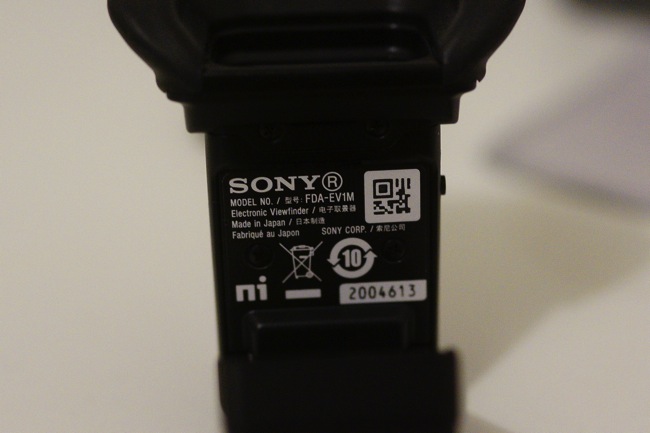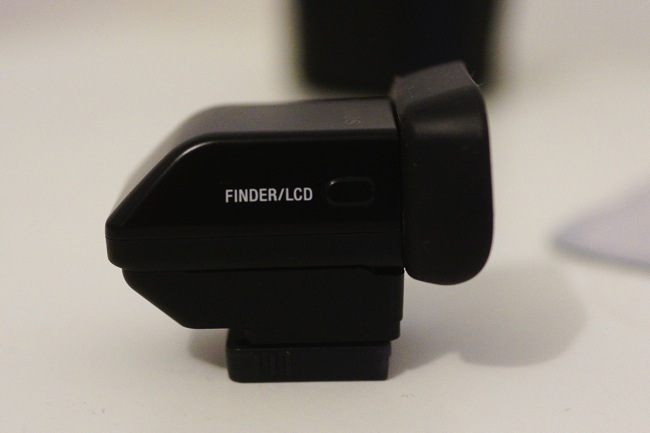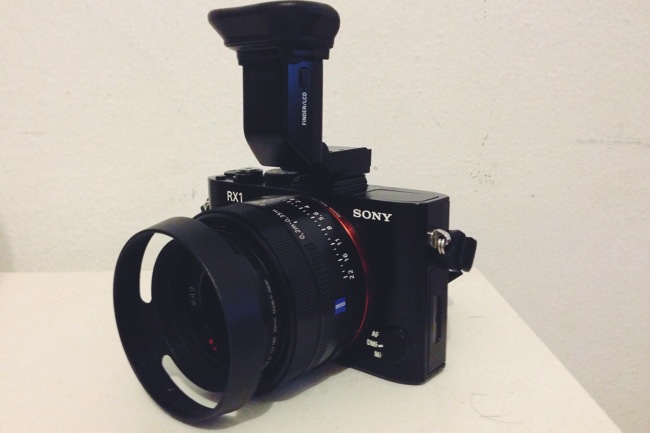It must be really a long time since my last update (actually, more than a year!). i’ve been very busy with work schedule so the site didn’t get very maintained with updates.
I didn’t have much time for photography, neither. So I was pretty much satisfied with Sony RX1’s performance for my daily use despite the temptation of the later generation of A7 series. However, I just got something new last weekend. As you can tell, instead of getting the trendy A7 mark II or A7S. I got myself a Sony A6000 body and an ultra wide angle lens, 10-18mm F4 OSS.
The reason that I need a new camera is simple - I am travelling! The destination this time is Turkey - a fantastic place combining west and east, european and asian. It’s famous for its cultural heritage and one of its most important highlights is the architecture. The churches and mosques are so grand and one of a kind. I certainly want to capture the best of them when I am there. An UWA lens will definitely help serve this purpose.
I am an advocate for travel light. Any extra weight to carry will kill the appetite of shooting pictures. So DSLR for sure, is out of my options. For smaller compact cameras, we’ve got recently launched Panasonic LX100, and Sony’s best-selling RX100 Mark III. They both received many positive responses and do have small bodies. However, both cameras have lens integrated and its widest is at 24mm (35mm equivalent). That is not wide enough for the landscape or buildings in Turkey, as I read through some travel blogs. Sony A7 Mark II and its latest 16-35mm FE mount look like the perfect fit. However, it costs a small fortune and out of my budget range (both camera and lens are SGD 2,000 plus each so it ends up being more than SGD 4,000 in total). That’s why I settled at my final choice - A6000 with lens 10-18mm F4 OSS.
I’ve reviewed the lens 10-18mm before. I was impressed with its performance even back then. And 10mm is probably the widest for APS-C cameras (9mm will be fish eyes) I have seen. A6000 receives quite good reviews from many users. No doubt, it was designed and built based on Sony's abundant experience and knowledge of its predecessors - NEX series. This camera was approaching the end of product cycle so I managed to get some good bargain as well.
Here are some usual unboxing photos..
As always, the orange colour for Sony alpha series.
Sony A6000 body, kind of a shame not having the hot shoe cover.. How much does that cost?
The rear side. I like the built-in electronic viewfinder. It’s pretty bright and clear, and doesn’t have any lag issues.
The dials are well made, which reminds of previous NEX-7. The second dial is also customisable.
The screen can be tilted 90 degree upwards. Too bad it can’t flip 180 degrees for selfies. But you probably expected that since there is a viewfinder in the way.
And here is the 10-18mm F4 lens.. Relatively large size compared to its E-mount peers.
It has built-in OSS, somewhat compensating the lack of large aperture.
The body and lens assembled. It’s not very compact, but likely the smallest I can get for such wide angle.
The top view, indeed the 10-18mm is a bulk head.
I haven’t really got much chance of taking pictures with the new gears yet. Below is just a picture to show how wide the lens is at 10mm.. (I took the photo right in front of the table). I shall give more hands-on experience when I’m on the road.




























































